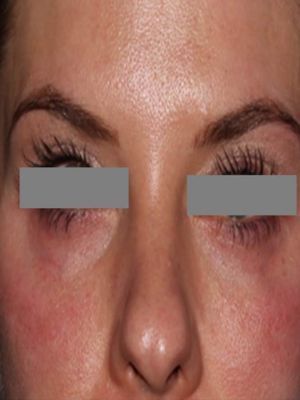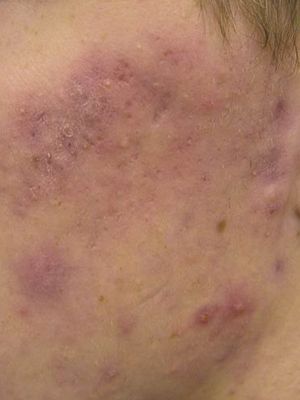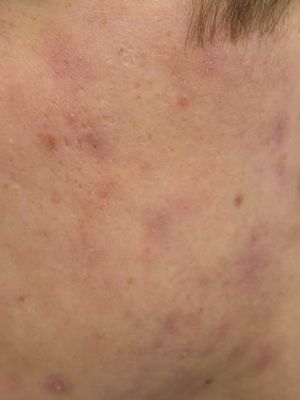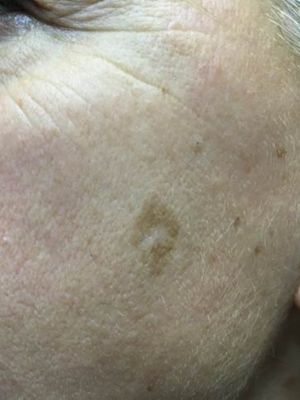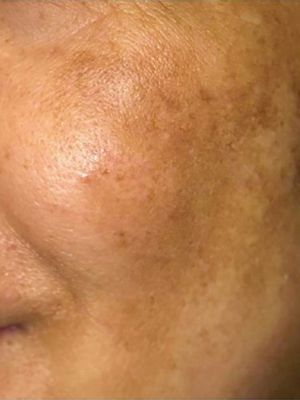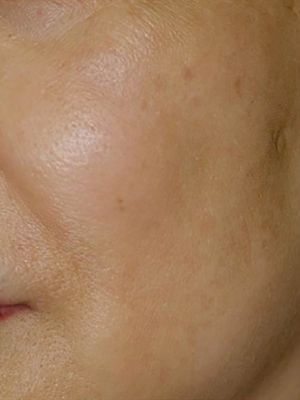Hair Restoration
Treatment
Fotona 4D (Rejuvenation of face)- face facelift, fine lines reduction, collagen and elastin boost, skin tightening
Basic Facial followed by Chemical Peel
Laser Hair Removal with Advanced Technology—Fotona
RF Microneedling
Fractional Treatment

